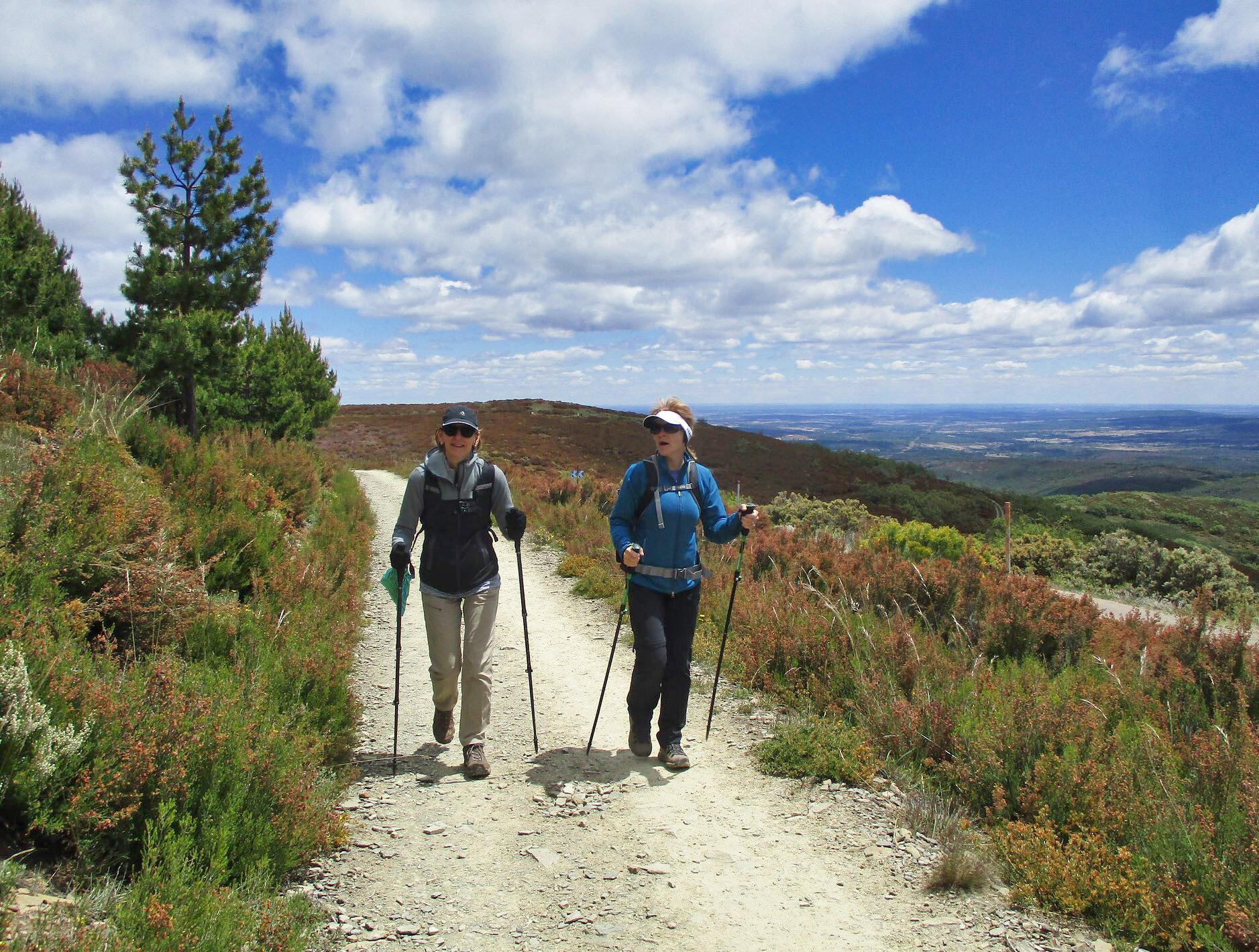The Camino 101
Maybe you’ve heard of the Camino de Santiago but you don’t really know what it is. Or maybe you do know a bit about it, but you’re not sure how to approach it. Well, this post is for you. Its got all the basics covered along with some interesting links for those that want to dig deeper. So welcome to Camino 101! Dig in, and call me when you’re ready start planning your Camino!
What is The Camino?
This is a great place to start! The simplest answer is that it is a beautiful journey with many possible start-points, all leading to Santiago de Compostela in the northwest corner of Spain. Many people begin their journey in France and traverse all of Northern Spain (over 500 miles), while others only travel the final segments. I won’t go into too much detail here, since there is so much info available online. The Camino is often approached as a Catholic “pilgrimage”, established over 1000 years ago. It is certainly not the Catholic Church’s only pilgrimage. Other recognized pilgrimage destinations include Fatima (Portugal) and Rome itself. Why Santiago? Without getting too far into the various historical theories, it is accepted by many that St. James the apostle is buried here. It is unarguably one of the worlds most important pilgrimages.
Is The Camino just for Catholics?
While The Camino can be an important journey for Catholics, only about 40% of Camino participants claim to have “religious” motivations. That being said, many pilgrims do site “spiritual” intentions regardless of creed. For an interesting and entertaining perspective on this, I highly recommend watching The Way with Martin Sheen. People walk The Camino for many reasons. They walk to disconnect. They walk to be with friends and family. They walk to seek answers. And this walk takes place with the ghosts of so many others who have sought their own answers along these beautiful paths.
How many Caminos are there?
French Way in Red
There is one Camino, but many “Ways”. In Spanish, these Ways can be referred to as “vias”. When most Americans imagine the Camino, they are generally thinking about the French Way. This is indeed an important and well-traveled Way since it has connected Santiago with the rest of the Continent for millennia. (Keep in mind that in many cases, these trails are pre-Christian.) However, there are many other Ways, as shown in the map on the right. As you can see, many routes originate within the Iberian Peninsula itself. Furthermore, many routes (some not shown on this map) that were abandoned hundreds of years ago are being recovered to further widen the options available to modern pilgrims.
How long does it take?
This is a very common question. Most of us can’t just commit to months on the trail, or even weeks. The full French Way from the French border to Santiago can take 35-40 days on foot. Many people will divide the route into portions, perhaps walking for 10 days one year, and then returning the following year to walk the next 10 days. Even more typically, pilgrims will begin their journey closer to Santiago. In order earn formal recognition for your journey, you must cover at least the last 62 miles. (I’ll discuss this further below.) In this case, you could complete the journey within a week. So, as you see, it’s very much up to the individual how long the journey will take.
What’s the right Way for me?
Again, this is personal preference. I generally suggest that most pilgrims walk their first Camino on the French Way, even if they just walk the last 62 miles (100 kilometers). Beyond having the most logistical resources available (food/lodging/etc), it is a route that you will share with other pilgrims. While walking alone can be a joy, part of the pilgrim experience is the fellowship of sharing a meaningful journey. Some of the most interesting people in the world can be found on the Camino, giving you the opportunity to build relationships that last a lifetime. Furthermore, the French Way is one of the most beautiful approaches to Santiago offering a wide range of landscapes and cultures. Some people refer to the French Way as Camino 101. That being said, there are a wide range of alternative options that can be planned, including the beautiful Portuguese Coastal Way that runs along the western coast before turning into the interior for the final leg to Santiago.
What’s the best way to plan my Camino?
I strongly recommend that you allow me to work with my partners in Spain to plan the perfect Camino for you so that all you have to do is enjoy the walk. We’ll plan your daily walking distances, make reservations at beautiful country inns, and ensure your luggage is transported so that you’re not carrying it on your back. We can customize your journey in so many ways, focusing on any special interest you may have and ensuring a pace that you are comfortable with. We can plan for you to walk independently or walk with a guide. The possibilities are endless. Check out a small sample of our offerings on the Kilometer One Camino Page.
What’s the best time of year to walk the Camino?
While winter Caminos are rare with much of the support infrastructure shut down, spring, summer, and fall are all viable options. While I personally prefer the milder temperatures of May, September and October often offer drier and more predictable weather. The trails are busy throughout the summer, but it’s important to respect the possibility of very warm weather in July, and August, making long walking days more of a challenge. Here’s an in-depth look at Camino weather. We’ll make sure you’re prepared for whatever season you select!
How can I receive formal recognition for my Camino?
The Compostela is awarded to Pilgrims that walk at least the final 100km+ of one of the recognized Ways (routes). You can also achieve the Compostela on horseback or by biking the final 200km (124 miles). In order to qualify, you must carry a paper or digital Credential, also referred to as a Pilgrims’ Passport. Along the way, you will have this passport stamped at various locations as proof of your journey. Don’t worry. If I plan your Camino, we’ll make sure that you have everything you need. Upon successful completion, you will receive a certificate in Latin reflecting your achievement and suitable for framing.
One more question! Why do pilgrims carry shells?
The scallop shell is one of the most meaningful and iconic symbols of the Camino. It’s so interesting, that I dedicated a separate post to it. Check it out here.
Got a question that I didn’t cover here? Contact me any time so we can get you the information you need!





